Freshwater environments can be incredibly harsh, with extreme temperatures, low oxygen levels, and fluctuating water quality. Yet, some fish have developed amazing adaptations that allow them to thrive in these challenging conditions. From air-breathing species to those that can survive months without water, these animals showcase nature’s resilience. Here are some of the most adaptive freshwater fish, each uniquely equipped to survive in the toughest habitats.
Mudskipper (Periophthalmus)
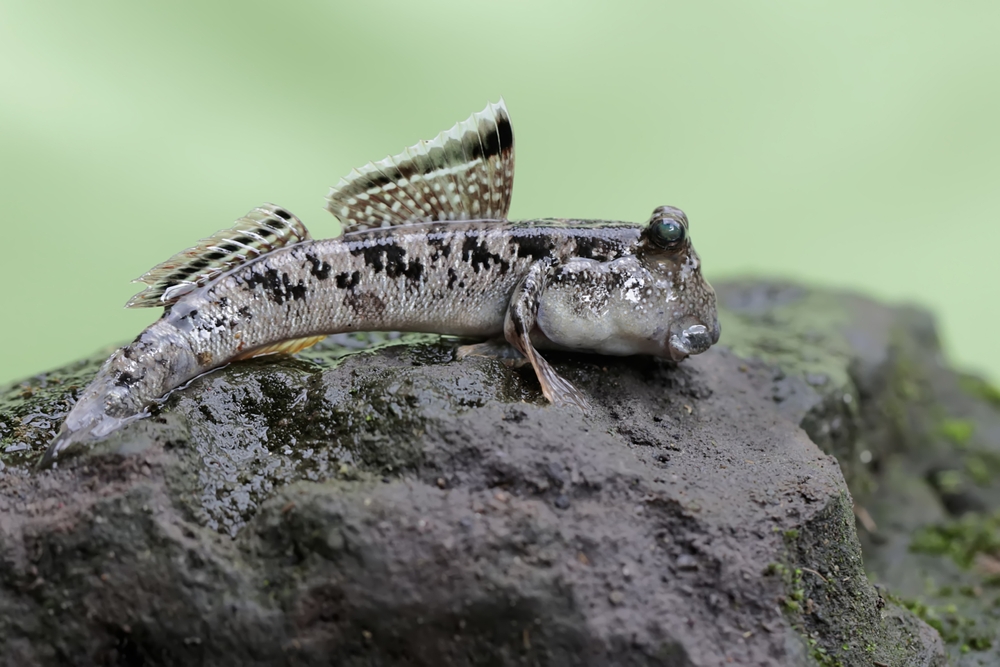
Mudskippers are extraordinary fish that thrive in intertidal zones, a habitat that oscillates between land and water. These environments are characterized by brackish water, extreme heat, and oxygen-poor mud, making survival a challenge for most fish. They have adapted by developing the ability to breathe through their skin and the lining of their mouth, allowing them to survive in low-oxygen environments. Unlike most fish, they can move on land, using their modified pectoral fins to “skip” across mudflats. Their eyes are also highly adapted, protruding from their heads to provide panoramic vision above water. They can even store water in their gill chambers to stay hydrated while on land. Mudskippers are also known for their remarkable territorial behaviors, often observed in mudflat “battles” to claim their space.
Mangrove Rivulus (Kryptolebias marmoratus)

The Mangrove Rivulus is one of the few fish that can survive out of water for extended periods. Native to mangrove swamps in the Americas, this species lives in environments with low oxygen and fluctuating salinity levels. To cope, it can absorb oxygen through its skin when out of water, allowing it to survive in oxygen-deprived habitats. It also has the ability to live in both fresh and brackish water, adapting to shifts in salinity that would kill other species. Another unique feature is its ability to reproduce through self-fertilization, ensuring the species’ survival in isolated conditions. Their environment, often filled with decaying plant matter and detritus, adds to the difficulty of sustaining life, yet they continue to thrive. Mangrove Rivulus can also hide in moist leaf litter or crab burrows to escape dry conditions during low tides.
Desert Pupfish (Cyprinodon macularius)
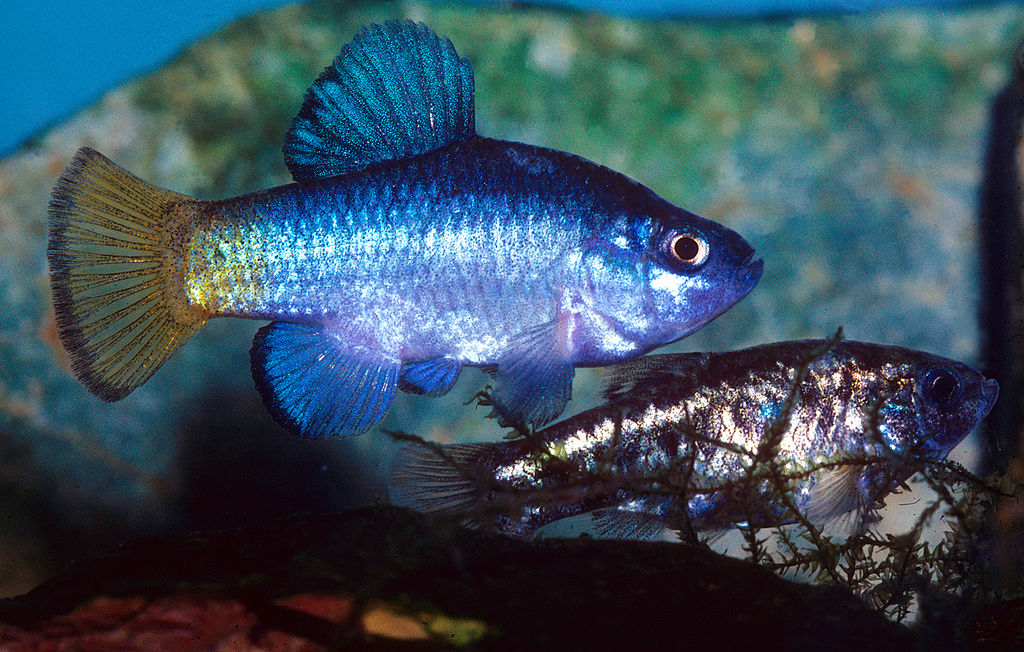
The Desert Pupfish is native to isolated desert springs and rivers in the southwestern United States and northern Mexico, surviving in some of the harshest freshwater environments on Earth. These habitats experience extreme temperature fluctuations, from near-freezing winter waters to scalding summer pools reaching over 100°F (38°C). Despite these conditions, it has evolved to withstand wide temperature ranges and high salinity levels that would be lethal to most fish species. Their metabolism adjusts to varying temperatures, allowing them to continue feeding and reproducing in environments that are otherwise uninhabitable. They also tolerate low oxygen levels, common in the shallow, stagnant pools they call home. These fish can lay eggs even under the stress of extreme environmental conditions, ensuring their survival. Additionally, they have been known to recover from near-extinction in isolated springs, proving their resilience.
Amazonian Lungfish (Lepidosiren paradoxa)

The Amazonian Lungfish, found in the slow-moving rivers and floodplains of the Amazon Basin, has adapted to the extreme seasonality of its environment, which alternates between wet and dry periods. During the dry season, many rivers and lakes shrink, leaving behind stagnant, oxygen-depleted water. It copes with this by using its specialized lungs to breathe air, allowing it to survive in water with very little dissolved oxygen. This fish can also bury itself in the mud to escape drying water bodies, creating a mucus cocoon to stay moist for months at a time. During periods of drought, it enters a state of aestivation, where its metabolic rate decreases dramatically. This ability to hibernate until conditions improve is key to its survival in an environment where water levels can fluctuate dramatically. The Lungfish is one of the few fish species that can truly adapt to life both in and out of water.
Killifish (Fundulus heteroclitus)
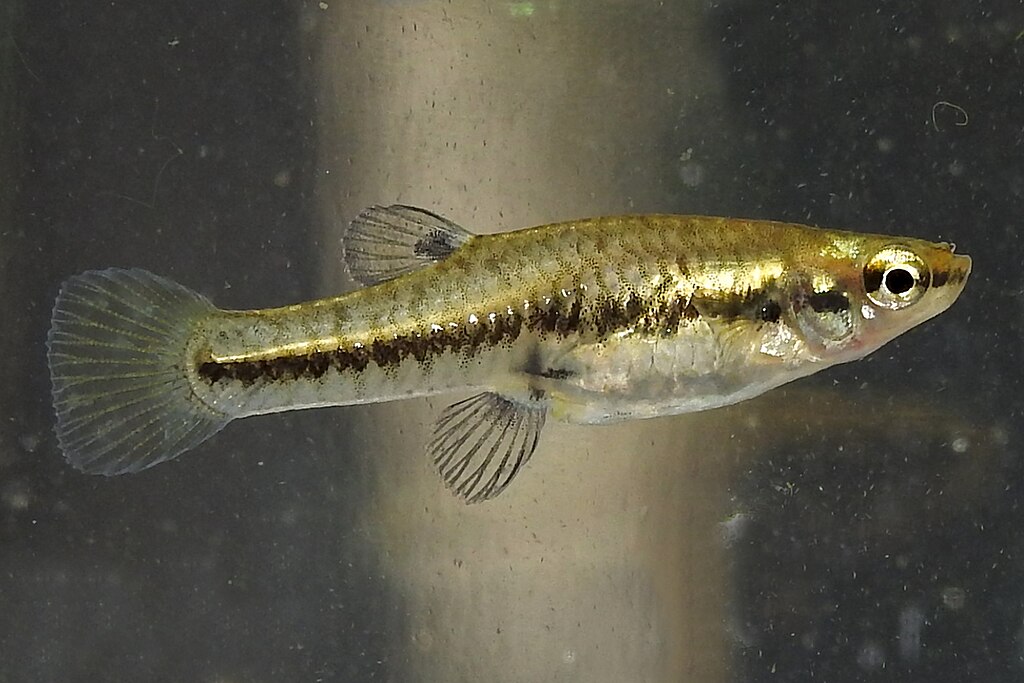
Killifish are remarkable for their ability to thrive in highly variable environments, from salt marshes to freshwater rivers and even polluted waters. They are commonly found along the Atlantic coast of North America, where tidal changes frequently alter the salinity and oxygen levels of their habitats. These are euryhaline, meaning they can tolerate both freshwater and saltwater environments, an adaptation that allows them to survive in areas where salinity fluctuates dramatically. Their tolerance to pollutants is another unique trait, allowing them to live in waters that would be deadly to most other species. In low-oxygen conditions, these can gulp air from the surface to sustain themselves. Their reproduction is also highly adaptable, with eggs that can survive desiccation and remain dormant until conditions are favorable. Killifish are even able to change the composition of their gills based on the water’s salinity, showcasing their incredible adaptability.
Alligator Gar (Atractosteus spatula)
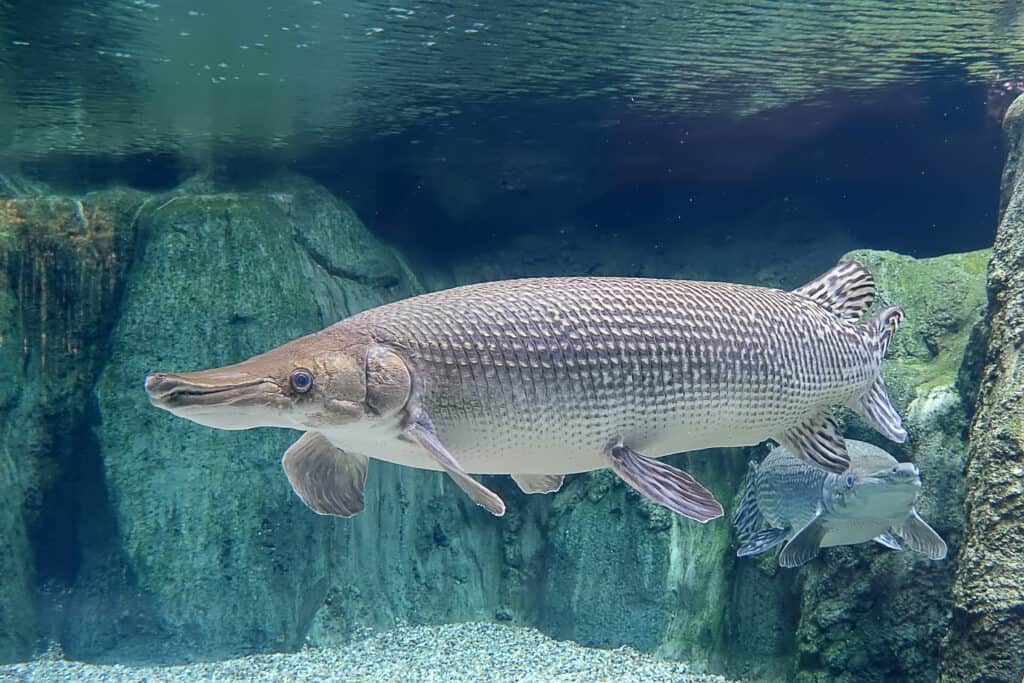
The Alligator Gar is a living fossil, with a lineage that dates back to the Cretaceous period. It inhabits the slow-moving rivers, bayous, and swamps of the southeastern United States, where oxygen levels are often low and water quality is poor. To survive in these harsh conditions, it has evolved the ability to breathe both through its gills and by gulping air from the surface. This adaptation allows it to thrive in environments where other fish would suffocate. Its tough, armor-like scales provide additional protection from predators and harsh environmental conditions. It can grow up to 10 feet long, making it one of the largest freshwater fish in North America. Despite its size, it can go long periods without food, an essential adaptation in environments where prey can be scarce.
Antarctic Toothfish (Dissostichus mawsoni)
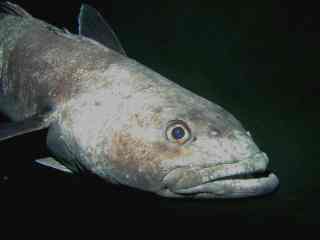
The Antarctic Toothfish is a highly adaptive species found in the freezing, oxygen-rich waters of the Southern Ocean. Living in temperatures that hover around the freezing point, it has developed antifreeze proteins in its blood to prevent ice crystals from forming in its tissues. This allows it to survive in an environment where most species would freeze to death. It is also a deep-water species, capable of surviving at depths of up to 2,000 meters, where light and food are scarce. Its ability to slow its metabolism allows it to survive in these nutrient-poor environments for extended periods. This fish has also evolved to thrive in both pelagic and benthic zones, adapting to different ecological niches.
Devil’s Hole Pupfish (Cyprinodon diabolis)
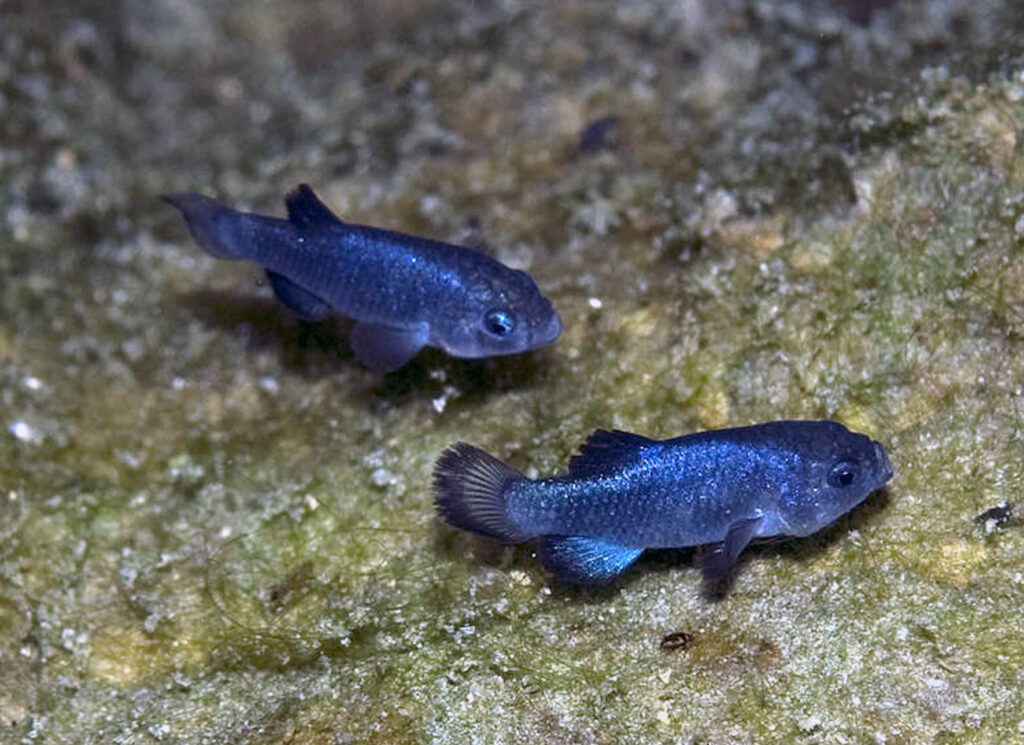
The Devil’s Hole Pupfish is a critically endangered species found in a single, isolated pool in Death Valley, California. This small, geothermal pool experiences extreme temperature changes and has very little oxygen, making it one of the harshest freshwater habitats in the world. Despite these challenges, this fish has adapted to survive in water temperatures as high as 92°F (33°C), one of the highest tolerances for any fish species. They have evolved to live in shallow waters with low oxygen levels, relying on their ability to rapidly adjust their metabolism. This species has also adapted to a highly restricted diet, feeding primarily on algae in their limited environment. The population has been reduced to fewer than 100 individuals at times, but the species persists due to its incredible resilience.
African Lungfish (Protopterus annectens)

The African Lungfish is one of the most adaptive freshwater species, capable of surviving in the drying rivers and ponds of sub-Saharan Africa. During the dry season, when water bodies shrink and oxygen levels drop, it can breathe air using its primitive lungs. It also secretes a protective mucus layer and buries itself in mud, entering a hibernation-like state called aestivation. This allows this fish to survive for months without water, emerging only when the rains return. They can also slow their metabolism dramatically, consuming only stored energy while in this state. In some regions, this fish has even been known to survive for years in a dried-out state, only reawakening when conditions improve.
Oscar Fish (Astronotus ocellatus)

Oscar Fish, native to the slow-moving rivers and floodplains of South America, are highly adaptive and capable of surviving in environments with fluctuating water quality. These fish are commonly found in areas with low oxygen levels, where they thrive by gulping air from the surface. In addition to their ability to adapt to poor water conditions, they can survive dramatic changes in temperature, which frequently occur in their natural habitat. Their intelligence and territorial behavior also play a role in their survival, as they are able to defend their space and adapt to changes in their environment. These have been known to exhibit problem-solving abilities, including finding new food sources in challenging environments. Their hardiness and adaptability have made them popular in the aquarium trade, but in the wild, they are an example of survival against environmental stressors.
Siberian Sturgeon (Acipenser baerii)
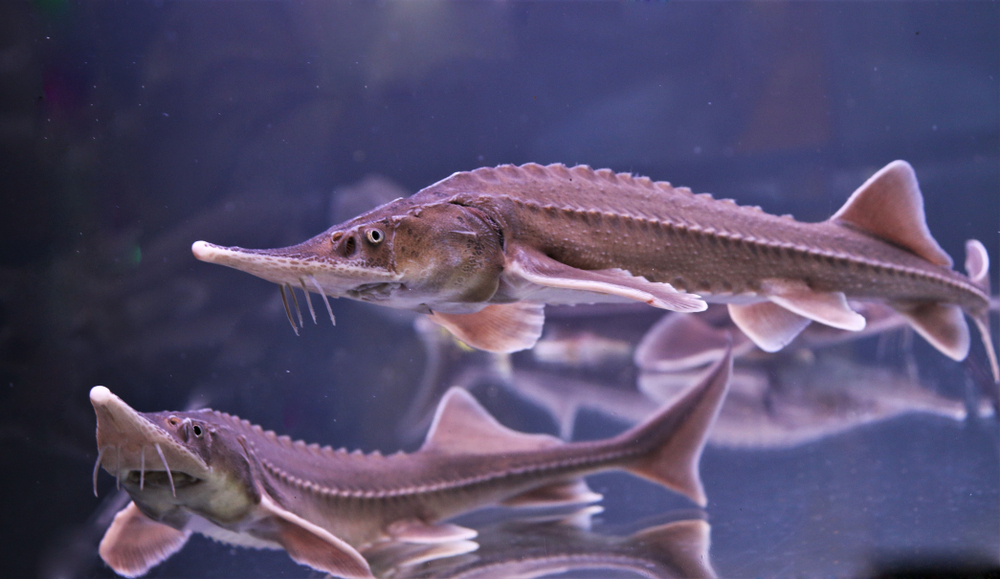
The Siberian Sturgeon is a species of sturgeon that inhabits the frigid rivers and lakes of Siberia, where water temperatures can drop below freezing in winter. This fish has evolved to thrive in cold, oxygen-poor environments, using its slow metabolism to conserve energy during harsh conditions. These are also long-lived, with some individuals living for more than 60 years, allowing them to survive long periods of environmental fluctuation. They can tolerate both freshwater and brackish water, enabling them to migrate between rivers and estuaries. Their ability to withstand cold temperatures and low oxygen levels is due to their efficient respiratory system, which allows them to extract oxygen from even the most depleted waters. Siberian Sturgeon have also adapted to survive long periods without food, an essential trait in their nutrient-poor habitats.
Piranha (Serrasalmidae)
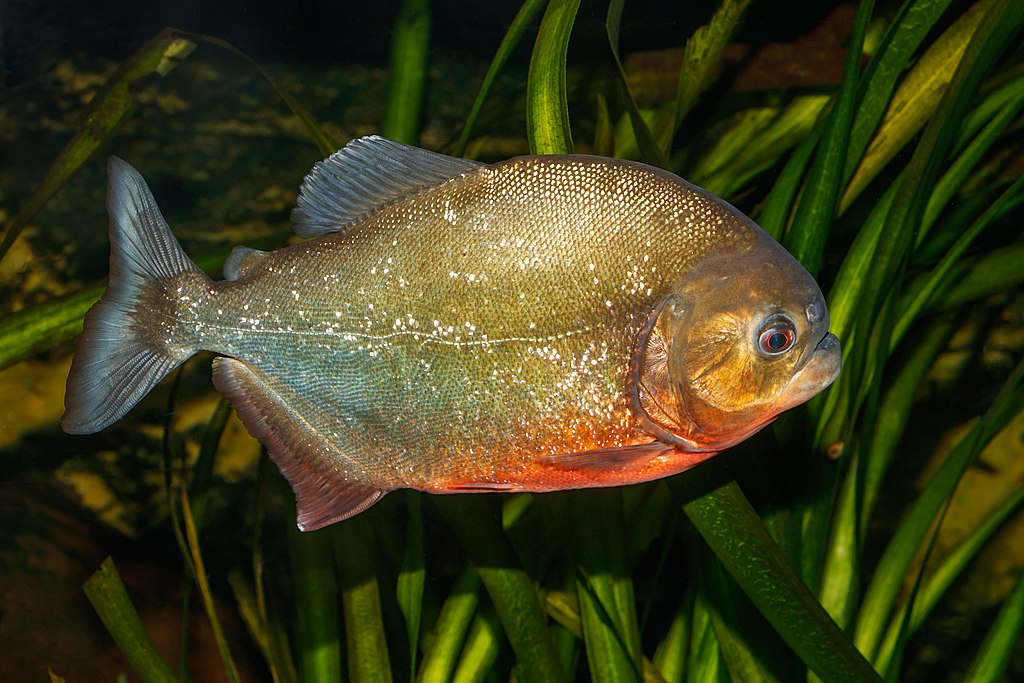
Though infamous for their sharp teeth and aggressive feeding habits, Piranhas are also highly adaptive fish that thrive in the fluctuating water levels of the Amazon Basin. These can survive in waters that range from oxygen-rich floodplains to stagnant, oxygen-poor lakes during the dry season. They have developed the ability to extract oxygen from low-oxygen environments, which allows them to survive in the hypoxic conditions of shrinking water bodies. They are opportunistic feeders, able to adjust their diet based on what is available, from fish and insects to carrion and plant material. Piranhas are social fish, and their schooling behavior helps them adapt to changing environments by allowing them to hunt more effectively and defend against predators.
Cavefish (Astyanax mexicanus)
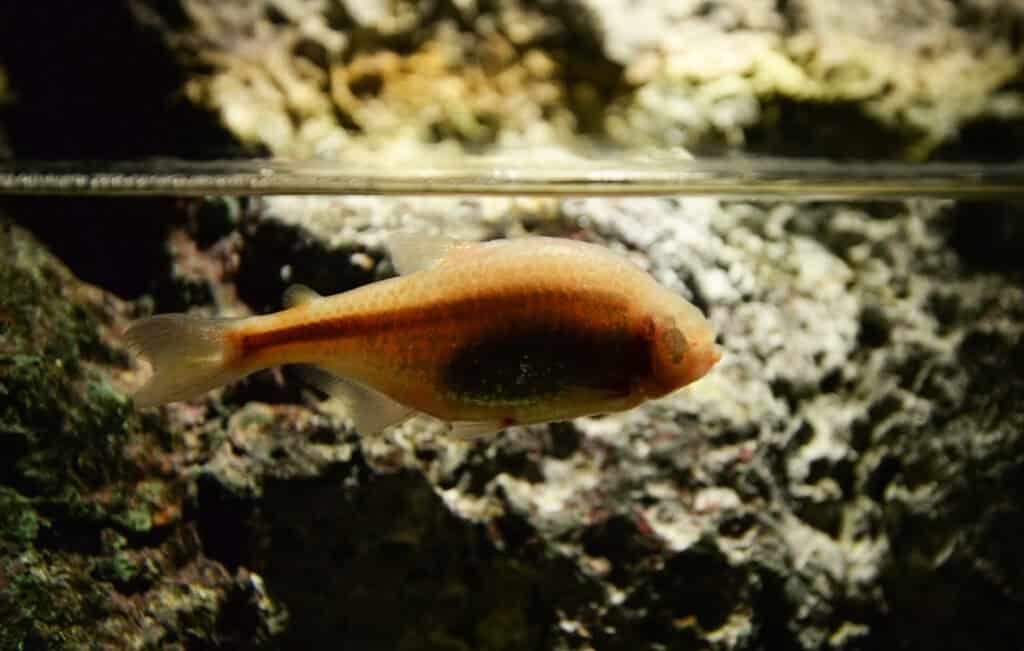
Cavefish, specifically the blind Mexican Tetra, live in the lightless, nutrient-poor waters of underground caves in Mexico. Over time, these fish have evolved to lose their eyesight and pigmentation, relying on other senses to navigate and find food. Living in complete darkness, they have developed heightened senses of smell and taste, allowing them to detect even the smallest traces of food. Their metabolic rates are lower than their surface-dwelling relatives, enabling them to survive in environments where food is scarce. The ability to store fat also helps them endure long periods of food deprivation. Despite their harsh living conditions, they have successfully colonized many cave systems, demonstrating their resilience.
This article originally appeared on Rarest.org.
More from Rarest.org
17 Critical Pollinators Essential for Global Agriculture
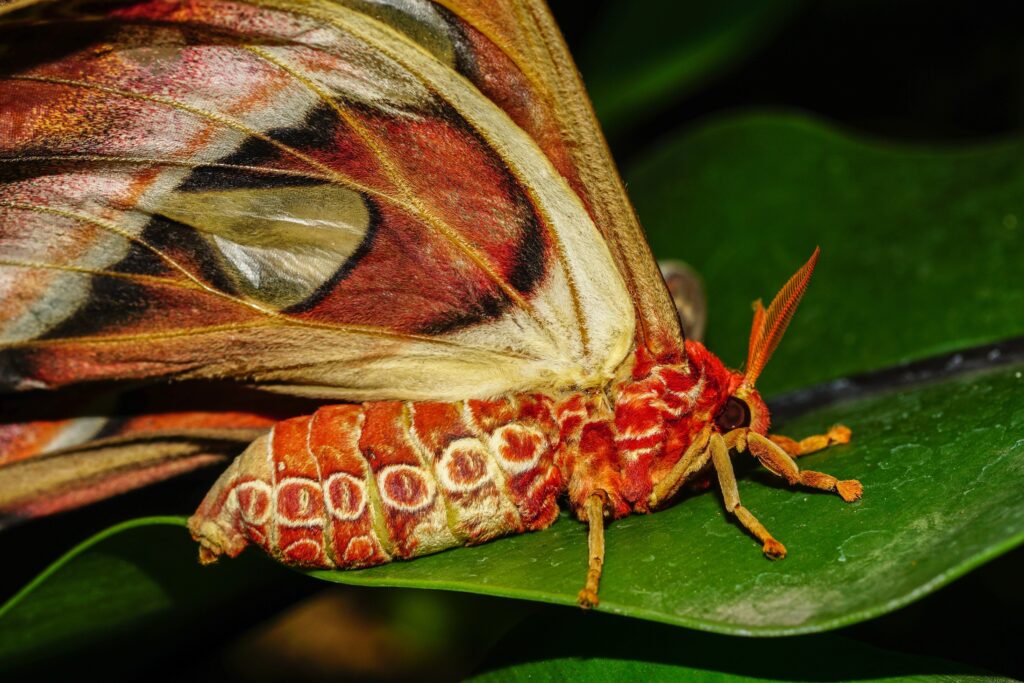
Pollinators play a crucial role in agriculture, enabling plants to produce fruits, seeds, and other vital crops. Without these essential creatures, global food production would drastically decline. Read More.
16 Wildlife Disrupted by Deforestation Around the World

Deforestation has a significant impact on wildlife across the globe. As trees disappear, animals lose their homes, food sources, and protection from predators. Read More.
11 Underrated Mountain Retreats in North America

When it comes to mountain getaways, the well-known destinations often steal the spotlight, but some of North America’s most incredible retreats are quietly tucked away, waiting to be discovered. These underrated mountain retreats offer the perfect blend of stunning natural beauty, outdoor adventure, and a peaceful atmosphere—without the overwhelming crowds. Read More.
